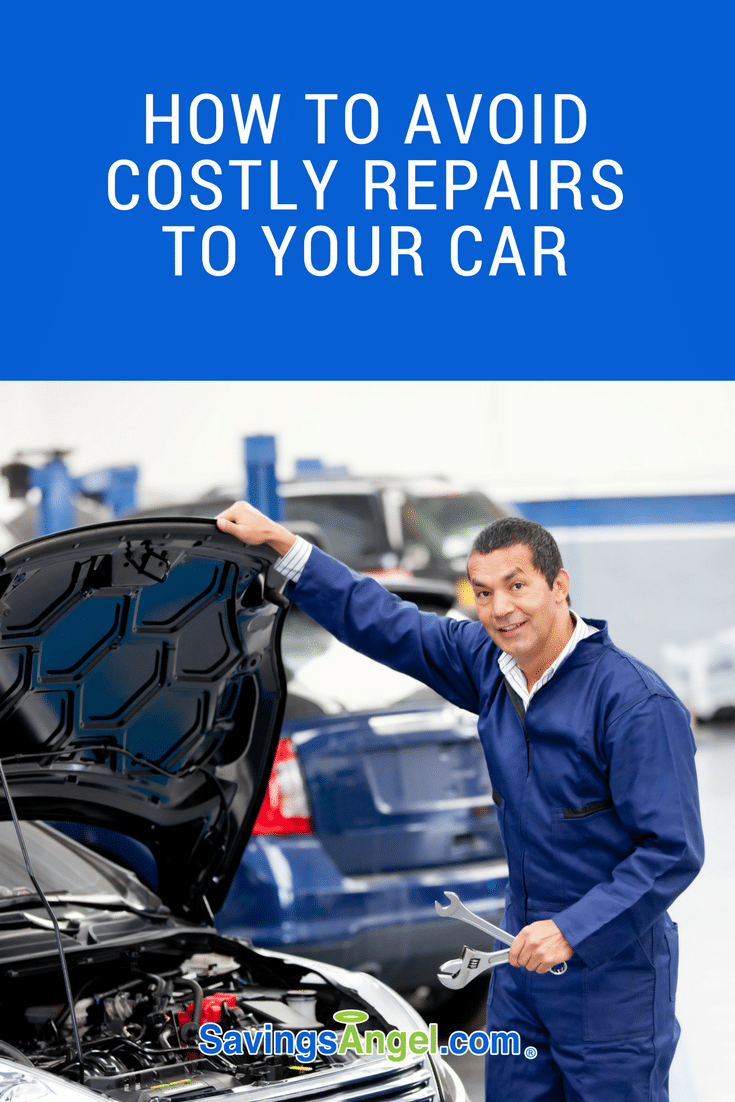 How to avoid costly repairs to your car
How to avoid costly repairs to your car
During cold weather, it’s easy to neglect your vehicle and push it without giving it the love are care you should.
Here are six car maintenance things to do now to avoid costly repairs to your car later.
-
Get the brakes checked.
In winter, especially, you don’t want your brakes to be too worn to stop safely. Beyond that, you never want to get to where you can hear any kind of grinding. At that point, you could already be damaging brake components. Many garages will inspect your brakes for free and tell you if you need an adjustment or replacement. And, although having brake work done can be around a couple hundred dollars, it’s still less expensive than an accident due to worn brakes.
-
Keep the tires inflated to the recommended pressure.
Underinflated tires can’t properly absorb bumps (or potholes) in the road, causing additional strain on struts and ball joints as well as the rims and tires themselves. Underinflated tires flatten or flex out to the sides in ways not intended so tire wear is affected along with handling, which can worsen even more in slick conditions, making driving dangerous. An inexpensive tire gauge and dropping 50 cents in the air pump at the gas station goes a long way to preventing costly repairs or tire replacement.
-
Change the oil.
Especially in cold temperatures, fresh oil can be the difference between a smoothly running engine and one that struggles. Oil moves differently through the engine at different temperatures and if your engine is not getting enough oil to keep everything well-lubricated, friction results and causes parts to wear-out, warp, or just plain break. Keeping up with routine, recommended oil changes can help prevent expensive part replacement.
With plenty of quick-change oil places and price ranges to choose from, get some recommendations from friends and family if you don’t already have a go-to shop. On average, you’ll spend around $30 for an oil change, more if you need more oil or anything specialty or less if you can get a deal or use a coupon. Of course, you can also learn to do it yourself to save some of the cost but don’t forget that you’ll also need to dispose of the used oil in an eco-friendly manner.
And finally, pick a reputable oil change location that will show you maintenance you truly need but doesn’t up-sell you on things you don’t need at that time.
-
Get the engine tuned-up.
Having a good mechanic look over everything from the belts and hoses to the spark plugs, then changing out things that look worn can prevent actual engine work later on. Your vehicle may also need fluids topped off before damage occurs. If your mechanic is able and willing to check the whole vehicle while already doing the tune-up, take that offer as it may identify other potential issues before they become costly repairs. Even though tune-ups can be pricey maintenance expenditures, they are worth it to increase the vehicle’s lifespan, improve your gas mileage and avoid larger issues down the road.
-
Have the tires rotated.
Slippery roads are better navigated with tires that are regularly rotated to wear more evenly. On top of that, uneven tires can put you at risk for a blow-out or could even affect the car’s alignment, resulting in the need for alignment work. Having your tires rotated typically costs less than $20, as opposed to the cost of an alignment which can be anywhere from over double that to 8 times as much, depending on what you need doing and your vehicle model. While you’re getting your tires rotated, a trusty mechanic will also inform you if you do need an alignment, which can happen just from regular vehicle use or even from hitting too many nasty potholes. Finally, the inexpensive cost to rotate your tires can keep your tire warranty valid, where neglecting it, in some cases can void your warranty.
-
Take the car through a wash.
This one you only want to do on a warmer day (above freezing), with enough time for the car to fully dry before temps dip at night. Car washes force water into places like door and window seals and you don’t want that residual water to freeze and cause damage. Choose a wash with a good drying portion of the service and then park and finish by opening the doors and windows and hand-drying the seals yourself. Or even spring for one that hand-dries the vehicle for you. A $10 car wash once or twice a month to remove salt and residue from the road can dramatically lengthen the life of your car by slowing corroding of all those metal parts.


